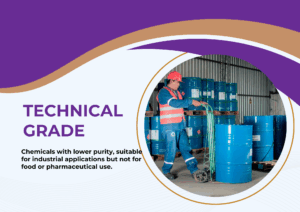Understanding Acetone: Properties, Applications, and Safety Precautions
Acetone is a widely used organic solvent known for its versatility and effectiveness. This colorless, volatile liquid is the simplest ketone, with the chemical formula C₃H₆O. It is commonly found in household products, industrial applications, and even the human body as a metabolic byproduct.
Properties of Acetone
Acetone is highly flammable, has a characteristic sweet odor, and is miscible with water and many organic solvents. Its low boiling point of 56.2°C (133.2°F) makes it evaporate quickly, contributing to its effectiveness as a solvent. Acetone is also polar, enabling it to dissolve both polar and nonpolar substances, making it a preferred solvent in various industries.
Applications of Acetone
Acetone is utilized across multiple industries due to its strong solvency and fast evaporation rate. Some of its key applications include:
- Industrial Solvent: Used in the manufacture of plastics, resins, and synthetic fibers.
- Cosmetics and Personal Care: Found in nail polish removers and skin-care formulations.
- Pharmaceuticals: Serves as an excipient in drug formulations.
- Laboratory Use: Commonly used for cleaning laboratory equipment and as a reagent in chemical reactions.
- Automotive and Paint Industry: Used as a degreaser and in paint thinners.
Safety Precautions When Handling Acetone
Despite its usefulness, acetone requires careful handling due to its flammability and potential health hazards. Here are some safety measures to consider:
- Fire Hazard: Keep acetone away from open flames, sparks, and high temperatures.
- Ventilation: Use in well-ventilated areas to prevent inhalation of fumes, which can cause dizziness and irritation.
- Skin and Eye Protection: Avoid direct skin and eye contact by wearing protective gloves and goggles.
- Proper Storage: Store in a tightly sealed container in a cool, dry place, away from incompatible substances such as oxidizers.
Conclusion
Acetone is an indispensable chemical with extensive applications across various industries. While it is a powerful solvent, safety precautions must be followed to prevent health risks and accidents. Understanding its properties and responsible usage ensures its benefits can be maximized safely.


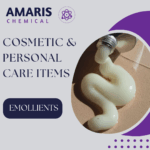 Emollients
Emollients Humectants
Humectants UV Filters
UV Filters Surfactants (cosmetic)
Surfactants (cosmetic) Preservatives (cosmetic)
Preservatives (cosmetic) Fragrances and Essential Oils
Fragrances and Essential Oils Antioxidants (cosmetics)
Antioxidants (cosmetics)
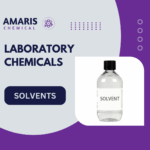 Solvents (lab)
Solvents (lab) Chromatography Chemicals
Chromatography Chemicals Microbiology and Cell Culture Reagents
Microbiology and Cell Culture Reagents Biochemical Reagents
Biochemical Reagents Inorganic and Organic Standards
Inorganic and Organic Standards Spectroscopy Reagents
Spectroscopy Reagents Molecular Biology Reagents
Molecular Biology Reagents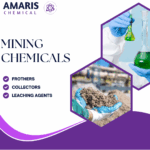
 Precious Metal Extraction Agents
Precious Metal Extraction Agents
 Plasticizers
Plasticizers Polymerization Initiators
Polymerization Initiators Stabilizers
Stabilizers Monomers
Monomers Fillers and Reinforcements
Fillers and Reinforcements Antioxidants (plastics)
Antioxidants (plastics) Colorants (plastic pigments,Dyes)
Colorants (plastic pigments,Dyes)
 Fertilizers
Fertilizers Plant Growth Regulators
Plant Growth Regulators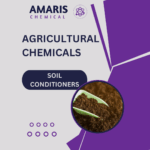 Soil Conditioners
Soil Conditioners Animal Feed Additives
Animal Feed Additives Biostimulants
Biostimulants
 Dough Conditioners
Dough Conditioners Flour Treatments
Flour Treatments Fat Replacers
Fat Replacers Preservatives (baking)
Preservatives (baking)
 Surfactants (cleaning)
Surfactants (cleaning) Builders
Builders Bleaching Agents
Bleaching Agents Enzymes
Enzymes Solvents (cleaning)
Solvents (cleaning) Fragrances
Fragrances Disinfectant
Disinfectant Metal cleaning
Metal cleaning
 Binders/Resins
Binders/Resins Pigments
Pigments Solvents (paint)
Solvents (paint) Additives
Additives Driers
Driers Anti-Corrosion Agents
Anti-Corrosion Agents Specialty Coatings
Specialty Coatings Functional Coatings
Functional Coatings Application-Specific Coatings
Application-Specific Coatings
 Sealants and Adhesives
Sealants and Adhesives
 Biodegradable Surfactants
Biodegradable Surfactants Bio-based Solvents
Bio-based Solvents Renewable Polymers
Renewable Polymers Carbon Capture Chemicals
Carbon Capture Chemicals Wastewater Treatment Chemicals
Wastewater Treatment Chemicals
 Preservatives (food)
Preservatives (food) Flavor Enhancers
Flavor Enhancers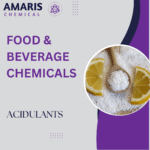 Acidulants
Acidulants Sweeteners
Sweeteners Emulsifiers
Emulsifiers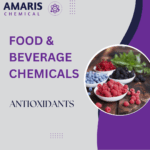 Antioxidants (food)
Antioxidants (food) Colorants (food)
Colorants (food) Nutrient Supplements
Nutrient Supplements Nutraceutical Ingredients
Nutraceutical Ingredients
 Fresh Herbs
Fresh Herbs Whole Spices
Whole Spices Ground Spices
Ground Spices Spice Blends
Spice Blends
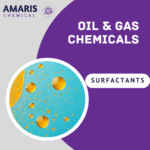 Surfactants(oil)
Surfactants(oil)
 Antibiotics
Antibiotics Active Pharmaceutical Ingredients
Active Pharmaceutical Ingredients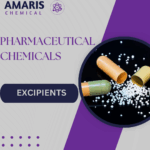 Excipients
Excipients Vaccine Adjuvants
Vaccine Adjuvants Nutraceutical Ingredients
Nutraceutical Ingredients Solvents (pharmaceutical)
Solvents (pharmaceutical)
 Automotive chemicals
Automotive chemicals Pyrotechnic Chemicals
Pyrotechnic Chemicals


 Vulcanizing Agents
Vulcanizing Agents Accelerators & Retarders
Accelerators & Retarders Antidegradants
Antidegradants Reinforcing Agents
Reinforcing Agents Plasticizers & Softeners
Plasticizers & Softeners Fillers & Extenders
Fillers & Extenders Blowing Agents
Blowing Agents Adhesion Promoters
Adhesion Promoters








